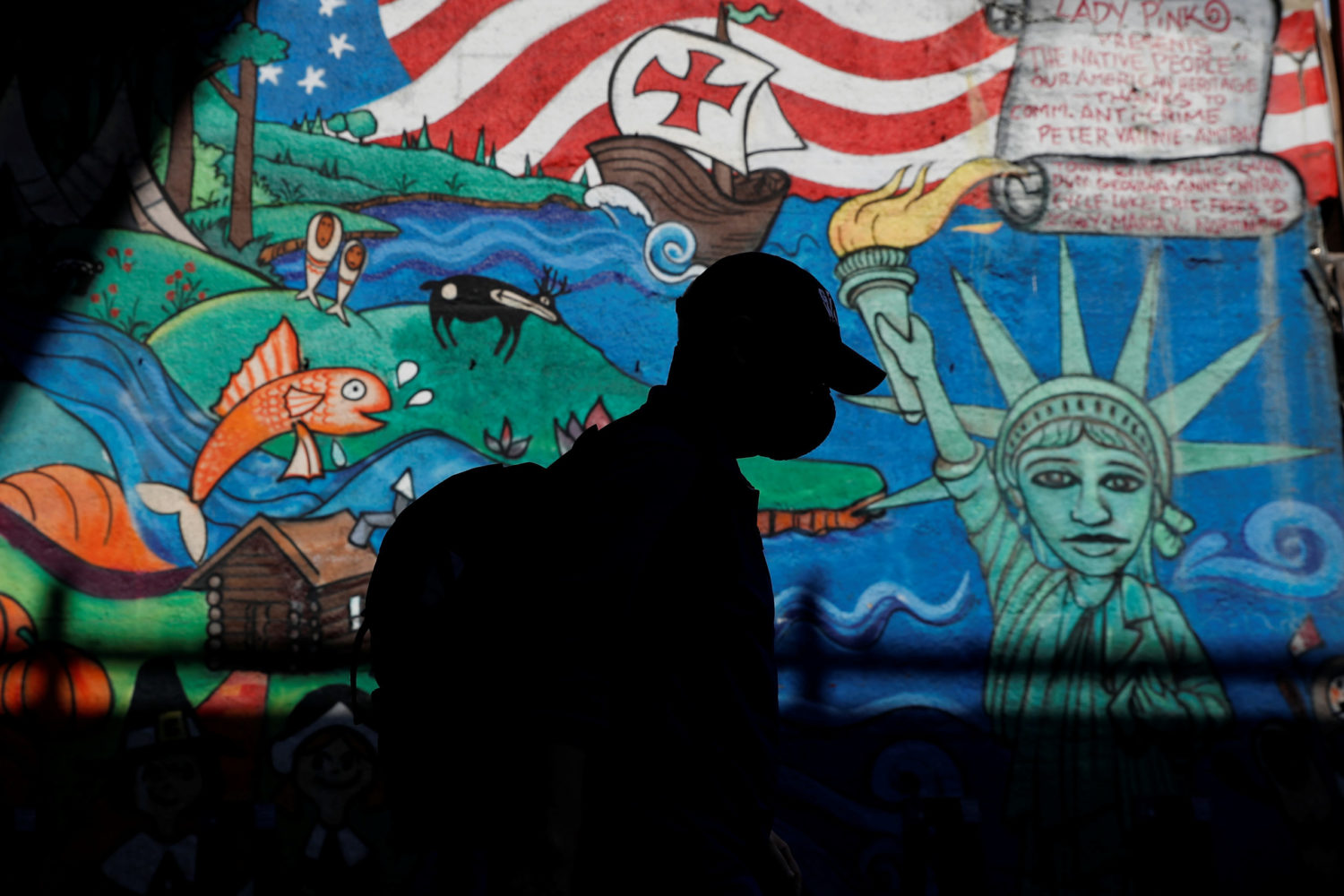
CHICAGO (Reuters) – The U.S. Agriculture Department (USDA) is defending efforts to wipe clean government-backed loans to farmers facing decades of discrimination, despite a temporary restraining order on the debt relief plan issued by a U.S. District court last week.
A USDA spokesperson said the agency will be ready to process payments on an estimated $4 billion in debt relief for 17,000 Black, Indigenous, Hispanic and Asian farmers once legal battles are resolved. It planned to start the payments in June.
“USDA will continue to forcefully defend its ability to carry out this act of Congress and deliver debt relief to socially disadvantaged borrowers,” a USDA spokesperson said on Tuesday.
The spokesperson said the government cannot appeal the restraining order, which pauses payments until the U.S. District Court for the Eastern District of Wisconsin rules more broadly on a lawsuit over whether or not the debt relief program discriminates against non-minority farmers.
For decades, USDA employees and programs have discriminated against socially disadvantaged farmers by denying loans and delaying payments, resulting in $120 billion in lost farmland value since 1920, according to a 2018 Tufts University analysis. The Biden administration’s loan forgiveness program is aimed at addressing those systemic inequities.
The lawsuit, filed by the Wisconsin Institute for Law and Liberty on behalf of 12 white farmers, aims to halt the debt relief by claiming it excludes farmers on the basis of race. It is one of several lawsuits filed after the USDA detailed plans to implement the minority farmer debt-relief provision, which is part of the American Rescue Plan Act that Congress passed in March.
Judge William C. Griesbach, U.S. District Judge for the Eastern District of Wisconsin, granted the temporary restraining order on June 10.
“The obvious response to a government agency that claims it continues to discriminate against farmers because of their race or national origin is to direct it to stop,” Griesbach said in the decision.
Some Black farmers are not surprised the relief has stalled, having seen previous government anti-discrimination efforts underdeliver.
“Talk is cheap. I can’t buy grain with it. I want to know when you’re going to help some farmers,” said Lloyd Wright, a Virginia farmer who served as the director of the USDA’s Office of Civil Rights in the late 1990’s and early 2000’s.
Wright said Black farmers have been promised relief from federal discrimination in the past, only to be repeatedly disappointed. He suggests eligible farmers continue paying on loans, so they do not end up behind if the program is permanently blocked.
(Reporting by Christopher Walljasper; Editing by Marguerita Choy)






